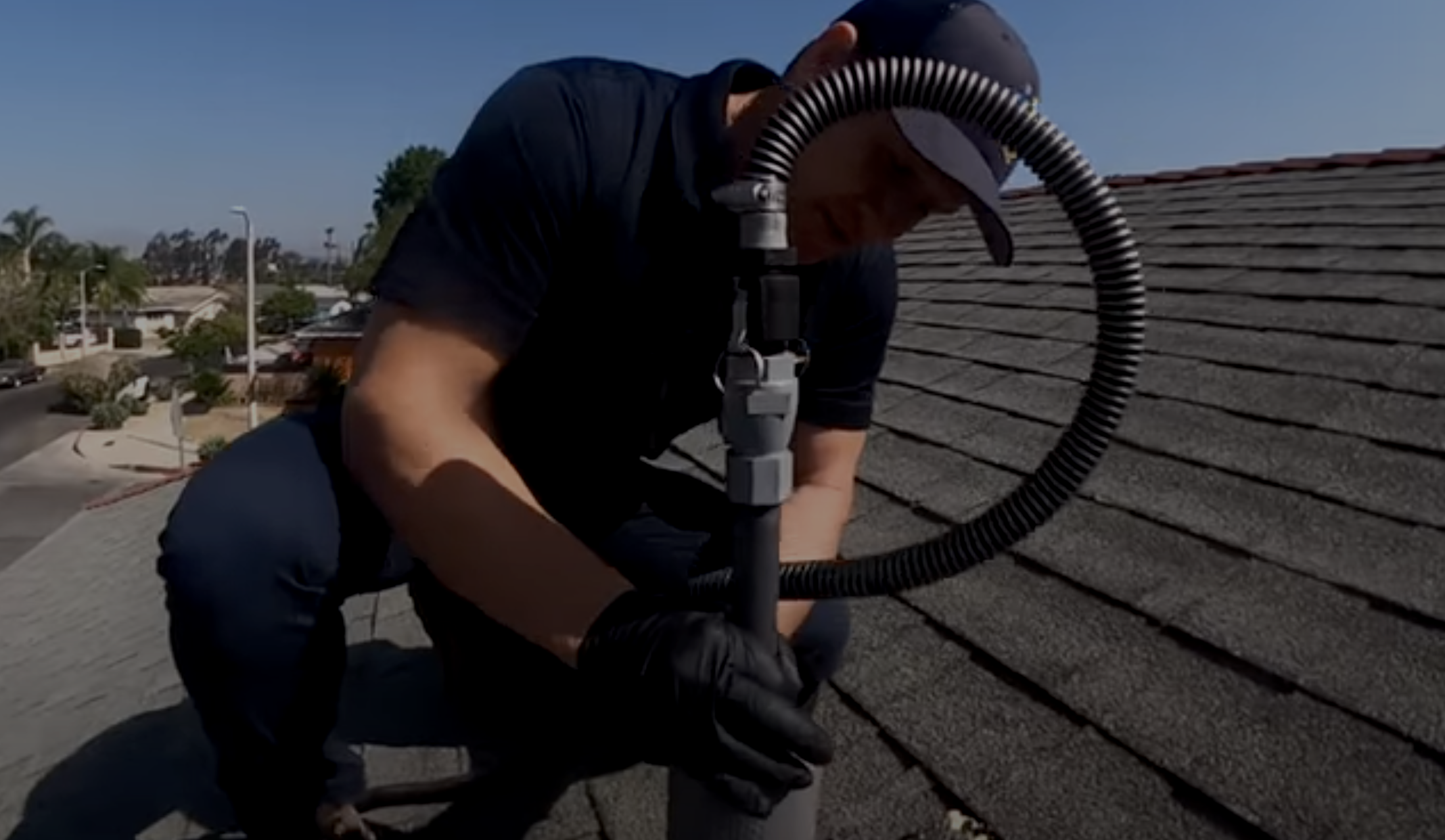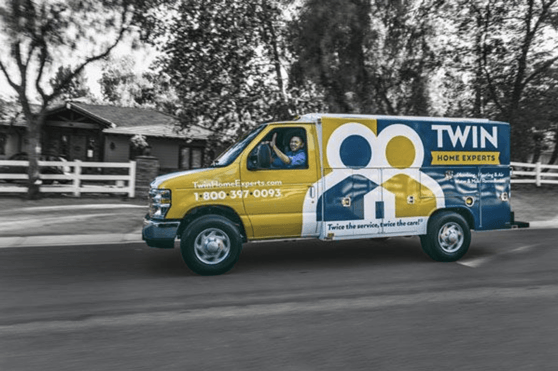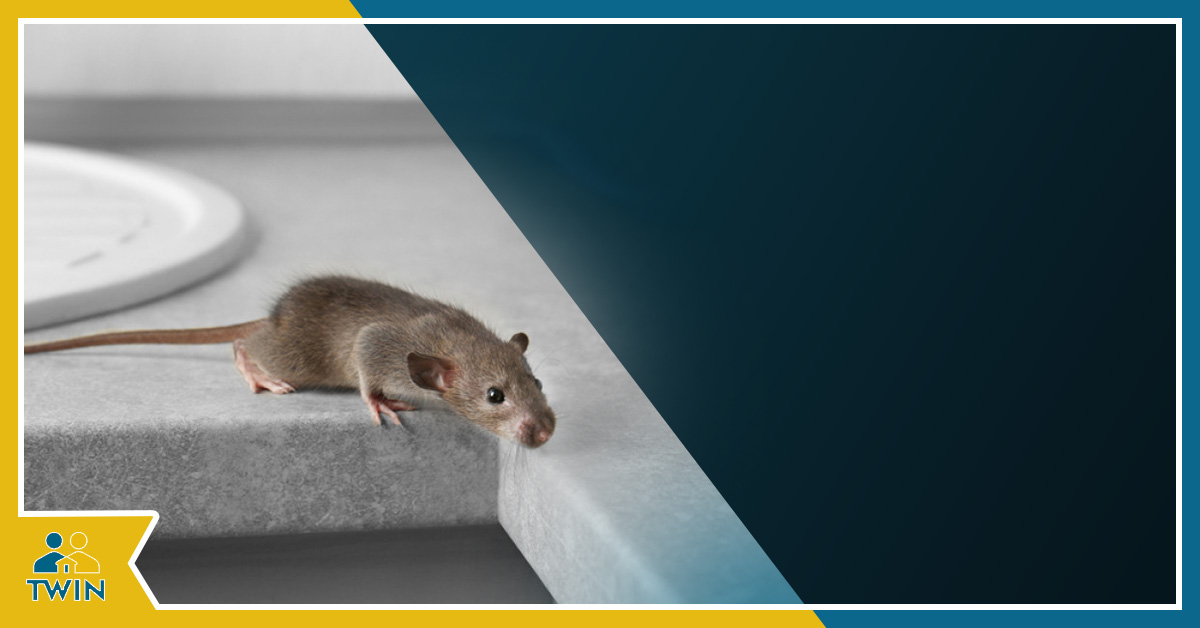The following is a list of those “little things” that have helped us increase the quality and efficiency of our sewer trenchless projects and helped them endure the test of time. Our hope, as with everything we do here, is to elevate the trenchless sewer technology projects in any way possible. And, of course, we always want homeowners in the Los Angeles area to have a better idea of how to deal with their plumbing problems than the did before and to know what to expect from service. So that’s why we’ve put together this blog of the 3 must-know trenchless sewer repair secrets!
TOP 3 Epoxy Trenchless Sewer Repair Secrets You MUST Know:
Hydro jetting/High Water Pressure Scrubbing is a MUST.
1. Make sure the inside walls of the sewer line are spotless BEFORE the liner gets inserted. The ONLY way to do this is to make sure your contractor is using a trailer mounted hydro jetter, this machine uses very high pressure to properly clean and prep the liner rehabilitation process. If this gets skipped, the new sewer line will have defects. If its cast iron pipe (which is a metallic pipe), this can have major build up inside, especially with rust. This is very important to descale and create a smooth clean surface, allowing the liner to adhere much better and resulting in a more intact, smooth cover.
If the pipe is made of clay, then scale won’t be much of a problem. It’s probably going to have more roots and shifts, though, so make sure these roots are removed even if there is very light infestation. Ask your plumber to provide you a before and after video of the sewer line for proof.
Verify that Your Epoxy Liner is Approved
2. Make sure your contractor proves to you that the epoxy liner is a approved liner system in Los Angeles (or for your city).The way to get this is to make sure the contractor provides you with paper work showing proof. If they say PERMA LINER, which is the Twin Plumbers’ favorite, then you’re in good shape. If they give you other names, then you’ll want to get proof.
TIP: Make sure they state on their contract the liner system that is included.
Connect the Old Pipe to the New Rehabilitated Pipe
3. When there is a excavation on your property to perform and insert a epoxy liner, there is a section of your pipe that had to be cut out in order for the epoxy liner work to be performed. When the job is done, there will be a new piece of ABS pipe and 2 couplings that will be needed to join the two sewer pipes. The couplings are usually are made of rubber with 2 metal bands that tighten down and compress to the outer walls of the pipe. These are the approved couplings — in fact, they are ONLY approved for underground sewer connections — but they have a issue with roots. Roots will eventually grow inside between the pipe and below the rubber couplings, resulting in infestation of roots back into your sewer line.
Prevent this by making sure your contractor uses a topical solution to prevent root infiltration, such as a special black tape, wrapping the outside of the connections completely to make it withstand soil and moisture.
TIP: Make sure your contractor has this simple task in their contract and provides you with pictures before the backfilling takes place.
Check out this example of the Twins performing an epoxy trenchless sewer repair:
The post Los Angeles Plumbing: 3 Epoxy Trenchless Sewer Repair Secrets appeared first on Twin Home Experts.








